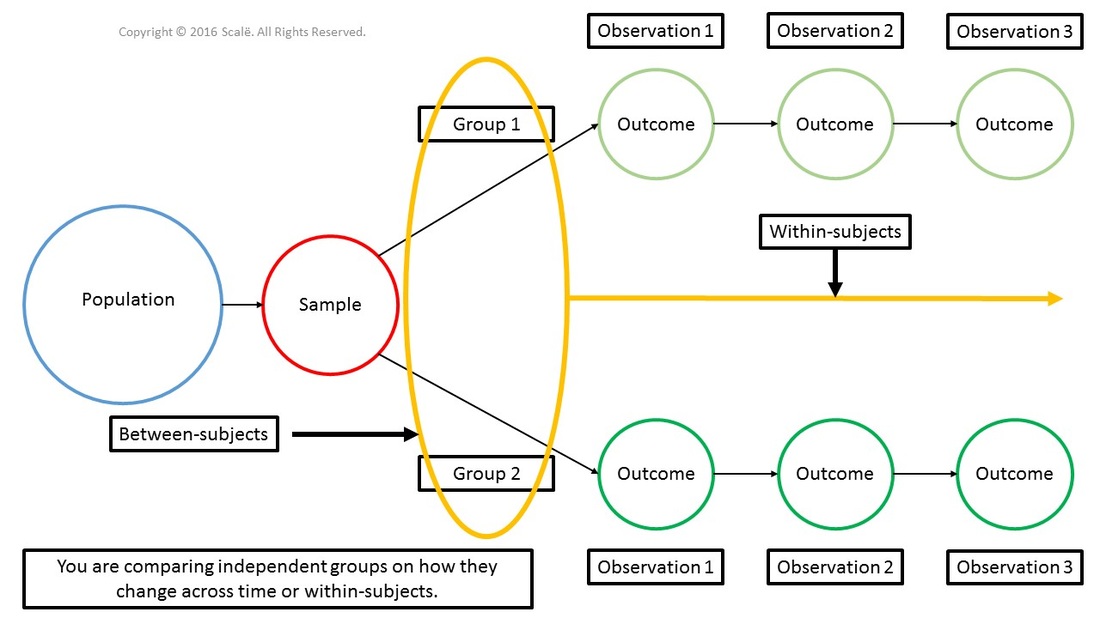

The first method leads to an error for the test of the random factor, so you have to keep that in mind if you choose to run the analysis this way. There are two ways in which you can run a mixed-effects ANOVA. We will be running an F test to determine if the treatment was effective across a random sampling of teachers. The variable “y” is the dependent variable, which is some test of achievement. The variable “treatment” is a fixed factor since we are interested in comparing this specific treatment to the control condition. The variable “teacher” is a random factor since we are assuming that we randomly selected from the population of all possible teachers.

In this file, we are comparing 5 different teachers on a treatment vs. The file we will be using is titled “mixed ANOVA design” which includes school related data. I’d love to hear how well it works.Mixed Factorial ANOVA: SPSS Procedures and Results This file will cover how to run a mixed factorial Analysis of Variance (ANOVA) design using SPSS. If you’ve had any experience using PSPP, please tell me about it in a comment. And perhaps if it takes off, as R has, we’ll see more advanced features soon. So if you are only using SPSS for basic statistics, or for teaching an intro class, this may be just what you need. That means you can do one-way ANOVA and regression, but not GLM, logisitic regression, factor analysis. No Advanced Models, no Missing Values Analysis, no Complex Surveys. PSPP seems to correspond only to SPSS base. The only downside I can see, though, is with the statement “no additional packages to purchase in order to get ‘advanced’ functions.” That appears to be because there aren’t any advanced functions. You can use PSPP with its graphical interface or the more traditional syntax commands. Its backend is designed to perform its analyses as fast as possible, regardless of the size of the input data.

PSPP can perform descriptive statistics, T-tests, linear regression and non-parametric tests. There are no additional packages to purchase in order to get “advanced” functions all functionality that PSPP currently supports is in the core package. Neither are there any artificial limits on the number of cases or variables which you can use. The most important of these exceptions are, that there are no “time bombs” your copy of PSPP will not “expire” or deliberately stop working in the future. It is a Free replacement for the proprietary program SPSS, and appears very similar to it with a few exceptions. This is the description from its website: I have not tried it yet, but it does look promising. I just heard recently about PSPP, which is a free, open source version of SPSS.


 0 kommentar(er)
0 kommentar(er)
